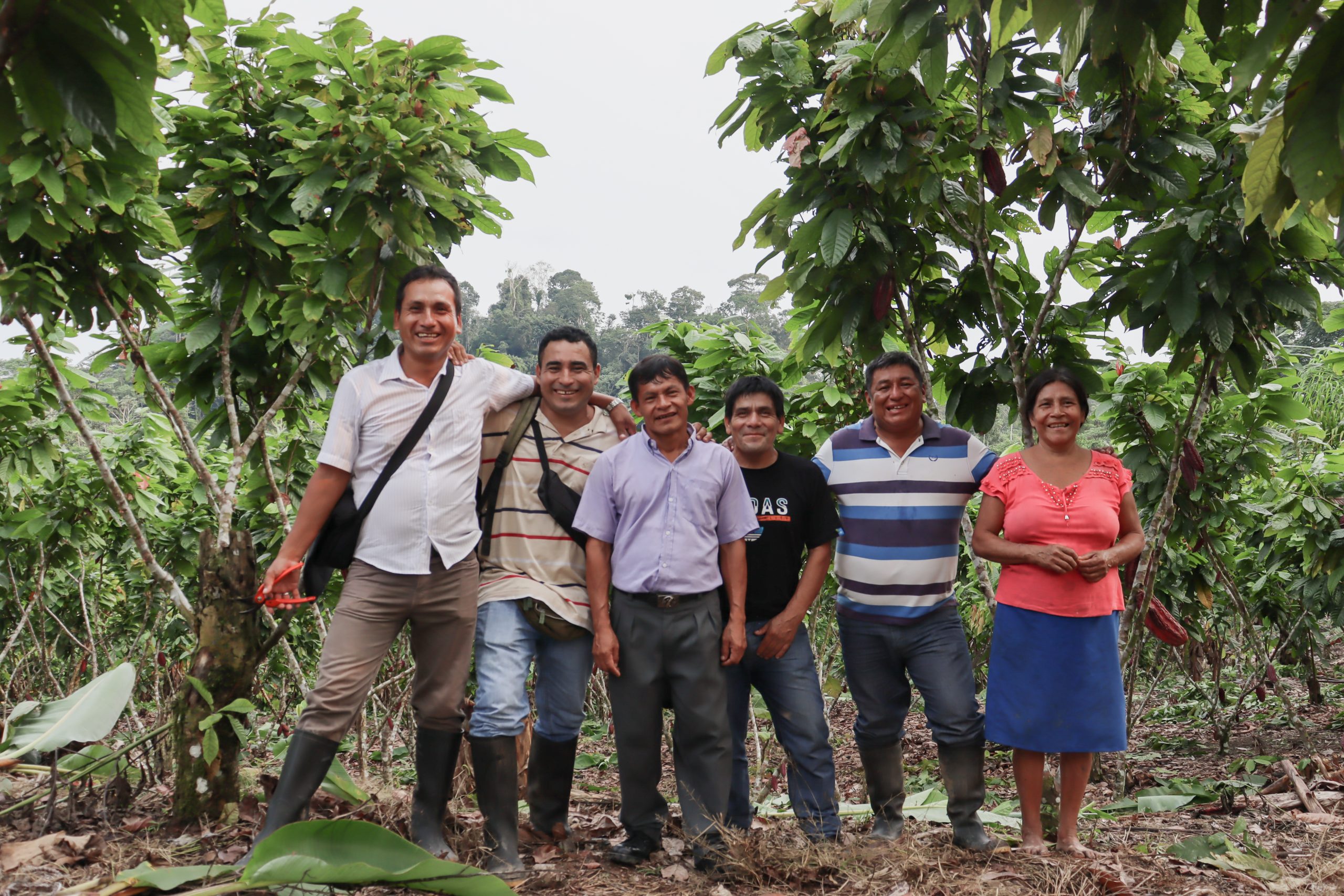What is climate justice?
At Cool Earth, we talk about climate justice a lot. But what does it actually mean?
Climate justice acknowledges that those that have contributed least to the crisis that are affected most and asked to put in the most efforts, with practically no resources and dwindling livelihood security. And it’s those that have contributed the most that come up with fraudulent solutions to a crisis they are not interested in solving properly. Put simply, the climate crisis is deeply unjust.
More academically, researchers from the International Institute for Applied Systems Analysis have had a go at defining climate justice in their latest paper. Using a new groundbreaking framework, they aim to help researchers and policy makers understand what climate justice actually is, in all its forms.
The paper identifies three types of climate justice and at Cool Earth we’re working across all three. Here’s how:
1. Distributional justice
This addresses how scarce resources should be distributed in the future, including finance. Indigenous peoples and local communities receive less than 1% of all development funding to address climate change even though they manage at least 25% of the planet’s land surface and protect an estimated 80% of global biodiversity. Our basic income pilot and Unconditional Cash Transfer programmes are a form of resource distribution, in that we provide cash, no strings attached, to Indigenous and local communities in the rainforest. If governments, state bodies and international organisations aren’t able to get financing actually into the hands of those who need it most, we’ll do it ourselves.


Ashaninka community in Peru
2. Procedural justice
This type of climate justice relates to decision making, whether political or scientific, and making sure that the process is fair and actually involves relevant stakeholders such as Indigenous peoples. At Cool Earth, we follow Free, Prior and Informed Consent (FPIC) procedures which allow Indigenous peoples to provide or withhold/ withdraw consent, at any point, regarding projects impacting their territories and livelihoods as well as engaging in negotiations to shape the design, implementation, monitoring, and evaluation of projects.


Cool Earth’s cacao programme technical team Lenin and Moisés, alongside the promoters Amos, Juan and Javier in Doris’ cacoa plot in Peru.
3. Recognitional justice
This type of climate justice identifies sensitivities relevant to climate policy, including being sensitive to historical, cultural and regional factors. Indigenous communities have been, and continue to be, marginalised across the world each in their own way. We need to recognise this when working on climate solutions that either involve or impact Indigenous peoples. At Cool Earth we work to stop deforestation by working with Indigenous and local communities whilst making sure to recognise and understand each communities unique struggles and ambitions.
